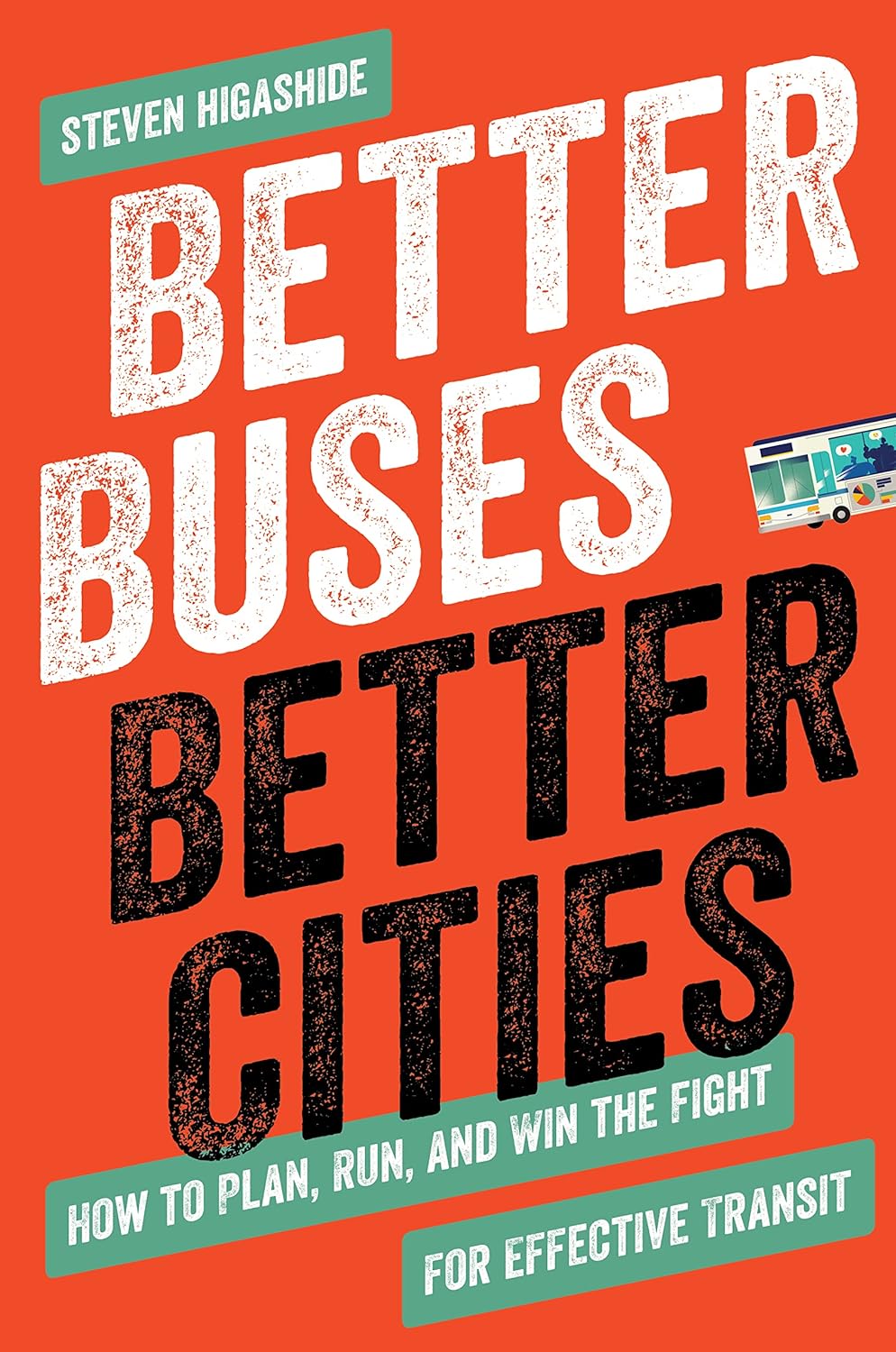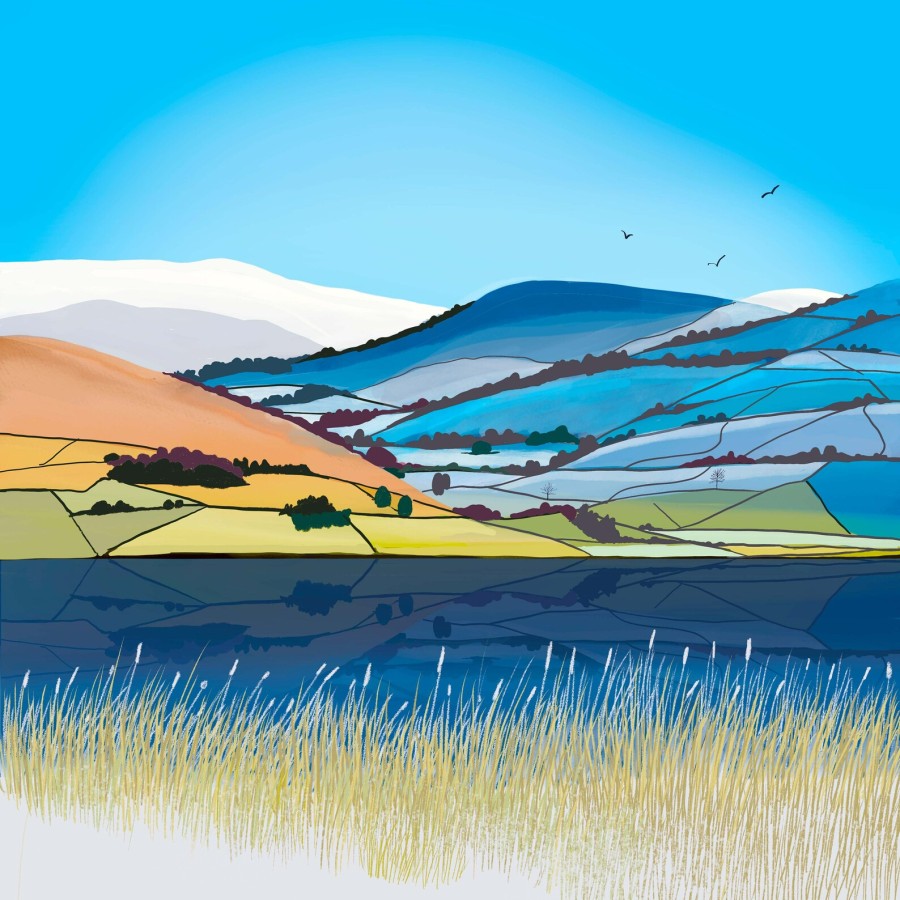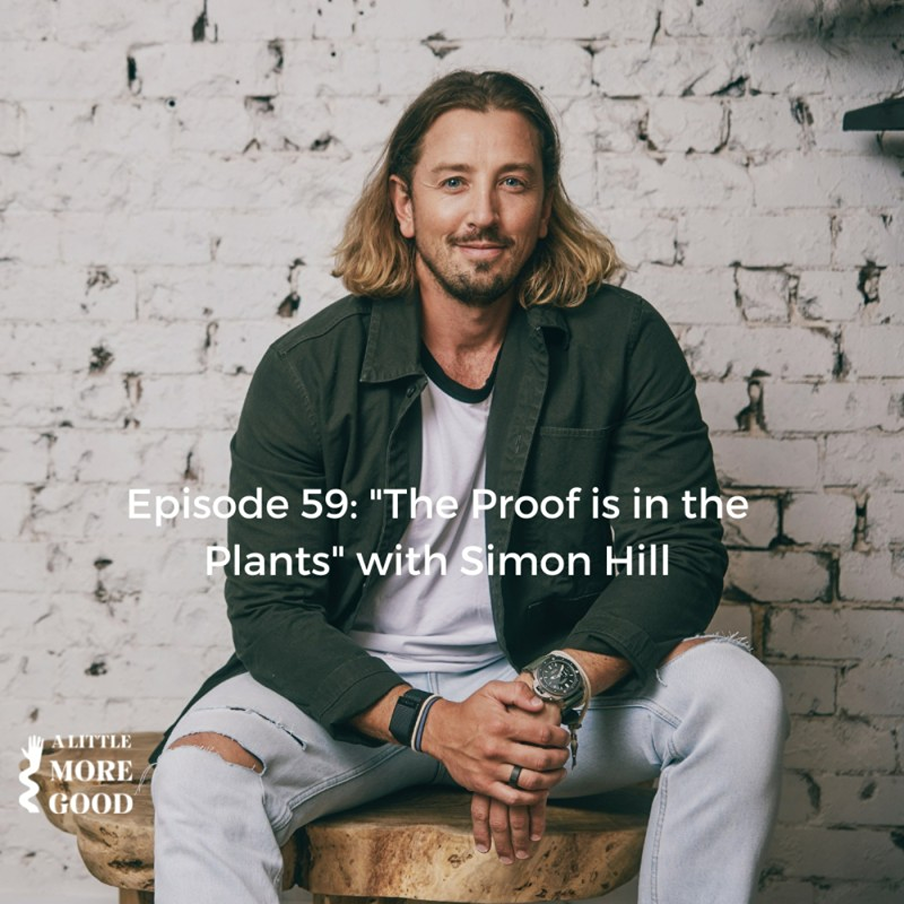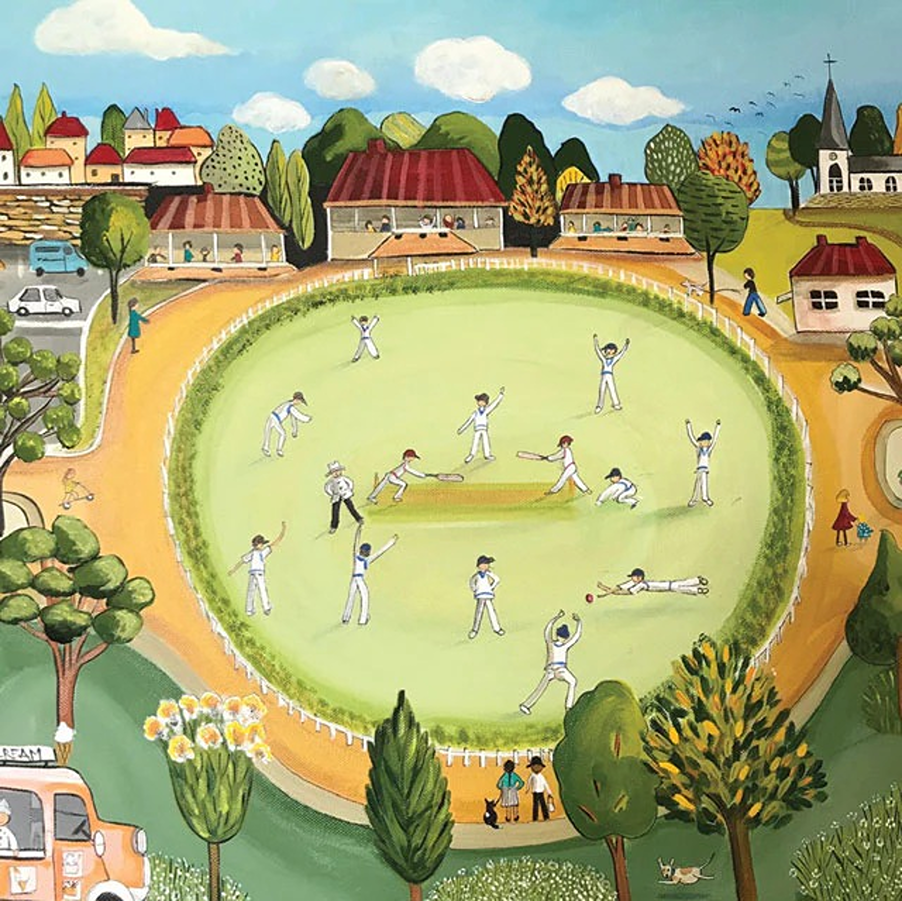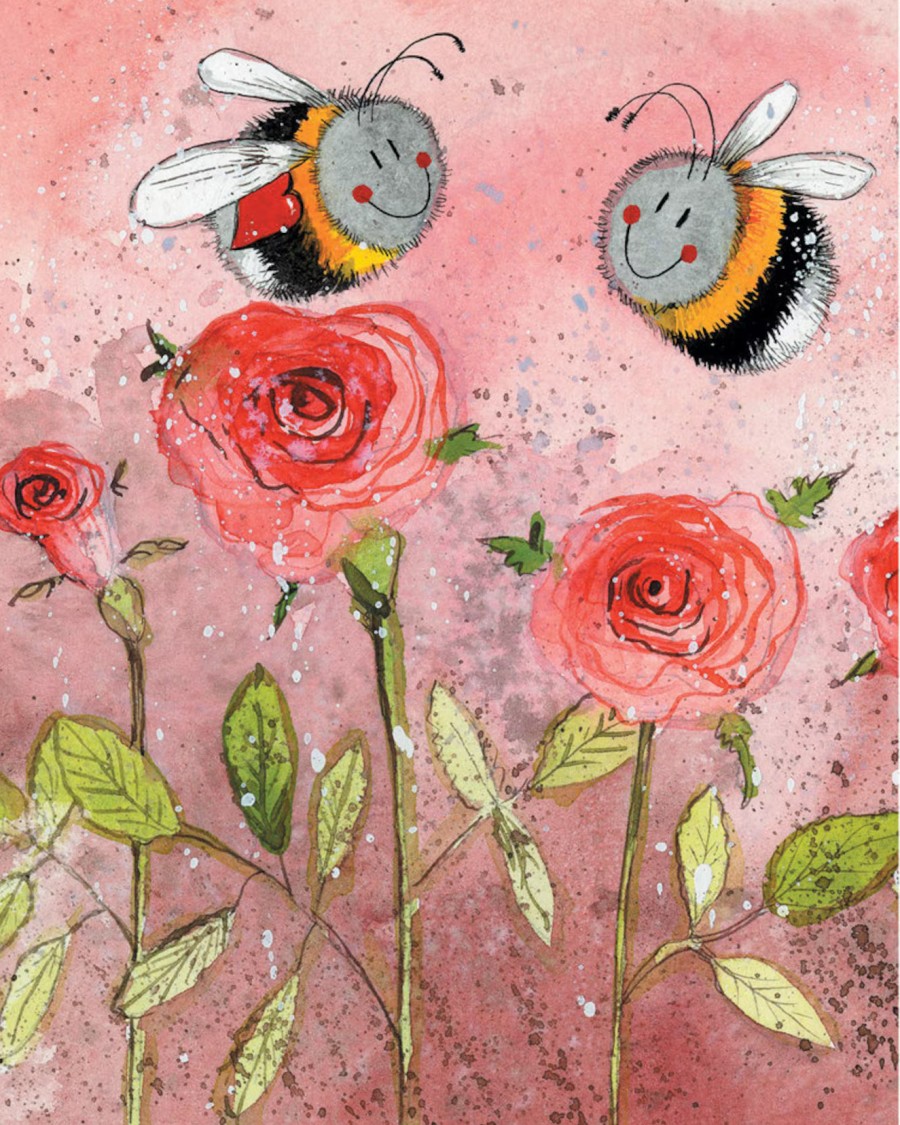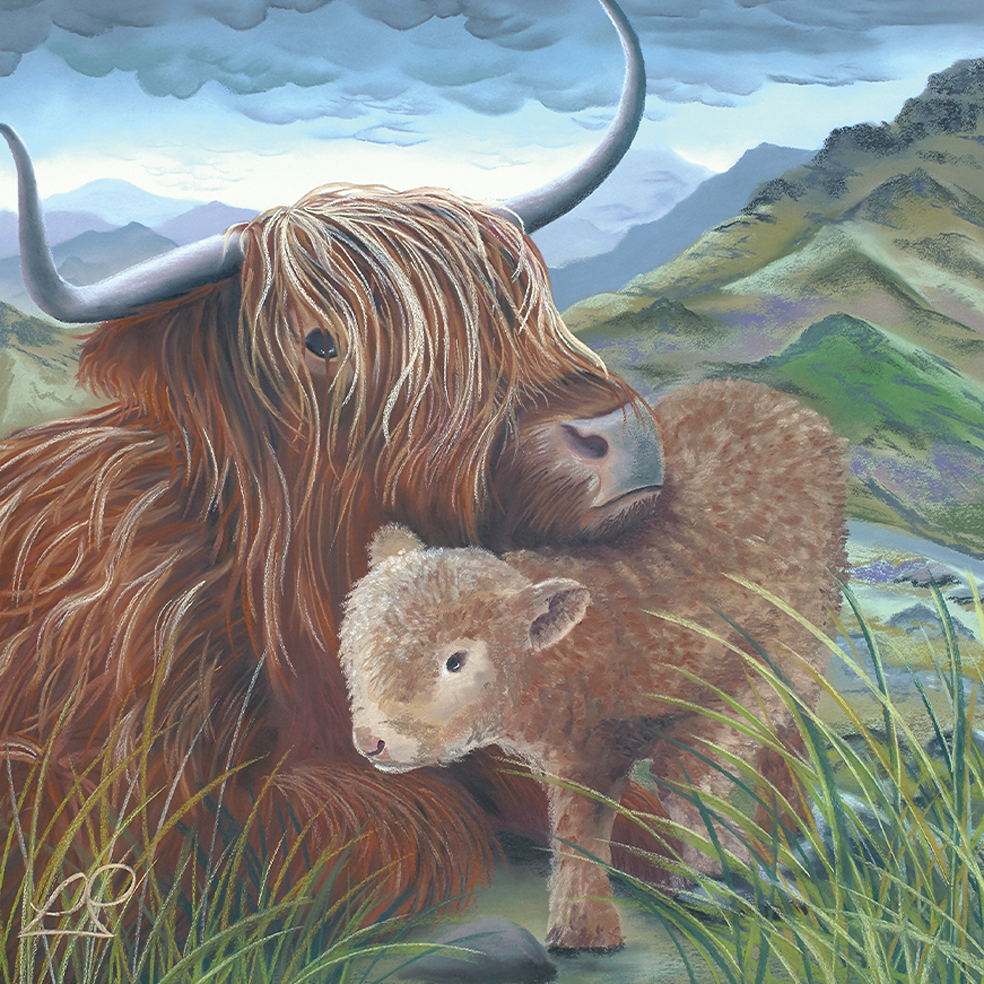
A huge part of the English landscape is seeing cows grazing in fields (The Met Office says it’s a myth that they can predict the weather – if they are lying down, it’s likely they are just having a rest!) These sweet and friendly animals spend most of their time chewing cud in small herds, babysit other calves and even play hide-and-seek!
But of course the truth is not so pretty. Outdoor-reared cattle often have to come inside during winter due to freak weather changes. Most beef cattle spend the end of their lives crammed in pens to fatten them up before slaughter. Around 95,000 dairy calves are still shot at birth (as they don’t provide any profit) and although banned here, young calves are still exported to to be crammed in crates and fed iron-poor diets for the veal industry (also marketed as ‘young beef’).
Although this site has lots of information on plant-based lifestyles, there’s no point creating a ‘vegan vs meat-eater’ argument, as most people eat meat, and doing this just gets people’s backs up. So here are a few tips and resources on simple swaps we can all make – from eating no or less cow products to better welfare choices and some help for beef and dairy farmers. Compassion in World Farming has extensive information on cow and calf welfare.
Always follow the Countryside Code, to keep livestock safe (and also you and your dogs). Follow signs and keep to marked paths, and follow farmer advice if animals are being moved (call a farmer or RSPCA if you see creatures in distress). Keep dogs under control and in sight. Put dogs on leads on Open Access land (a legal requirement between 1 March and 31 July). Also for your dog’s safety, as spooked cattle charge (even without calves).
please don’t ever buy veal
If you eat meat, please don’t eat or buy veal. Cruel veal crates are now banned in the UK, but until we get a ban on live exports, calves (sometimes just 14 days old) are live-exported to live in tiny crates where they can’t turn around, and fed a poor diet to produce ‘white’ meat, before being slaughtered in countries with poorer animal welfare laws.
welfare issues within the beef industry
Beef cattle are usually reared outdoors, then slaughtered at one or two years. But at the end of their lives, most are crammed in pens to ‘fatten up’ before slaughter. Many farmers now have to bring cows indoors in winter due to lack of grass or waterlogged land. CIWF wants indoor housing to have clean comfy resting psace with straw bedding, until they can enjoy the outdoors. Livestock farming also contributes to greenhouse gases (both from factories and methane emissions).
who is buying beef from Brazil? Around 80% of Amazon forest has been destroyed to create pasture land for cattle used to sell as beef, usually abroad. China and the USA buy most of it, but the UK and Ireland buy Brazilian beef (usually sold as corned beef).
welfare issues within the dairy industry
Dairy cows operate in a separate industry. If you wondered why vegans don’t drink milk or eat cheese, it’s because around 95,000 male calves each year are shot at birth, as they have no financial value – or are exported for veal. Shooting calves is decreasing as people become aware (some are now raised for beef). But in nature, mothers would wean their calves for up to 2 years, and often near farms you can hear their haunting calls throughout the night, pining for their babies.
Cows obviously have to give birth to produce milk. Most are artificially inseminated, then produce milk for 3 years before being slaughtered. Most milk is from intensive farms. So if you drink dairy milk, go for organic brands with free-range cows who hopefully don’t have calves removed at a young age. This website lists dairies that let calves stay with their mothers.
Industrial dairy farming also leads to many issues like painful mastitis (udder inflammation) that can affect most of a herd. It’s mostly caused by being housed indoors for long periods, contamination of milking equipment or bedding, and lack of rest. Injecting dairy cows with regular antibiotics leads to them being less effective (and creates issues for us – some people believe some hormonal cancers are increased in people who eat a lot of dairy).
simple swaps to help cow friends!
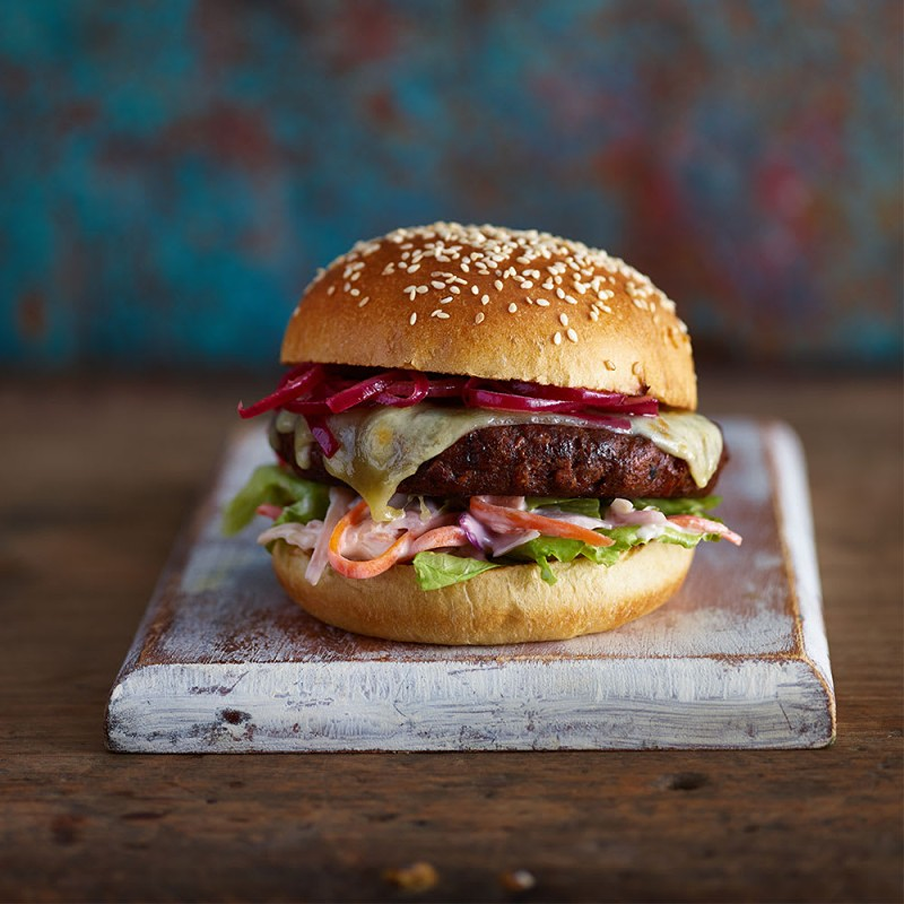
The best way we as consumers can help cows is simply to eat less meat and dairy. Support vegan fast food joints and choose plant-based alternatives to steak, beef and mince. Make or buy good vegan burgers! Also switch to oat milk and cream and try some artisan vegan cheeses, all or some of the time.
Faux meats look, smell and taste like meat, so keep away from pets. Read more on keeping people & pets safe in the kitchen.
Another way to help is to financially support farm sanctuaries (these are not the same as ‘city farms’ but instead volunteers give loving homes to barnyard friends who have been neglected or abused.
help for farmers to help their cattle

- Find info on preventive/treating mastitis and other conditions at Homeopathy at Wellie Level (courses are endorsed by vets).
- Culling badgers to stop cattle TB is both bad science and cruel, and thankfully soon to stop. Read how to prevent TB in both cattle and badgers.
- Consider getting involved with transfarmation projects. This is where you’re provided with training to transition over to the profitable oat milk market, to save family farms, and let existing animals live out their lives in peace.
- The Farming Community Network is an umbrella of charities that have helplines for struggling farmers. From providing free feed to livestock to offering help with finances and tenancy.

